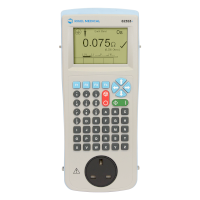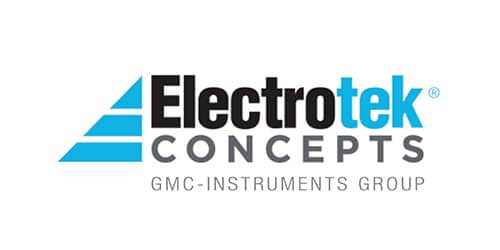Secondary earth paths are a common problem, but often go unnoticed during medical electrical safety testing.
Because electrical currents follow the path of least resistance, it is important to realise that secondary earth path connections could influence the measurements of leakage currents. Secondary connections are typical with:
- Equipment bolted to steel enforced concrete floor (e.g. dentist chairs, diagnostic imaging equipment)
- Equipment connected to gas or water supply
- Equipment that is part of a medical electrical system
- Equipment connected to PC or printer
Compared to the 1kΩ resistance of the body model, a secondary earth path will be substantially lower (~1Ω). As such, electrical currents are almost entirely flowing down the secondary earth path, away from the measurement circuit of the safety analyser, as shown in the figures below, which represent an example of a secondary earth connection via a data cable.


This will result in a zero reading on the safety analyser and could potentially pass a dangerous medical device. In case a secondary earth path exists, the Rigel safety analysers will provide the user with an error message.

If the secondary earth paths cannot be removed, one should revert to the differential leakage method in IEC 62353, which can measure the total leakage even when a secondary earth path exists. This is because the differential leakage method does not rely on a 1kΩ body model.





















Sign up to our Newsletter.
Stay up to date with the latest industry and product news, as well as our free educational content such as webinars and our expert guides.
Close